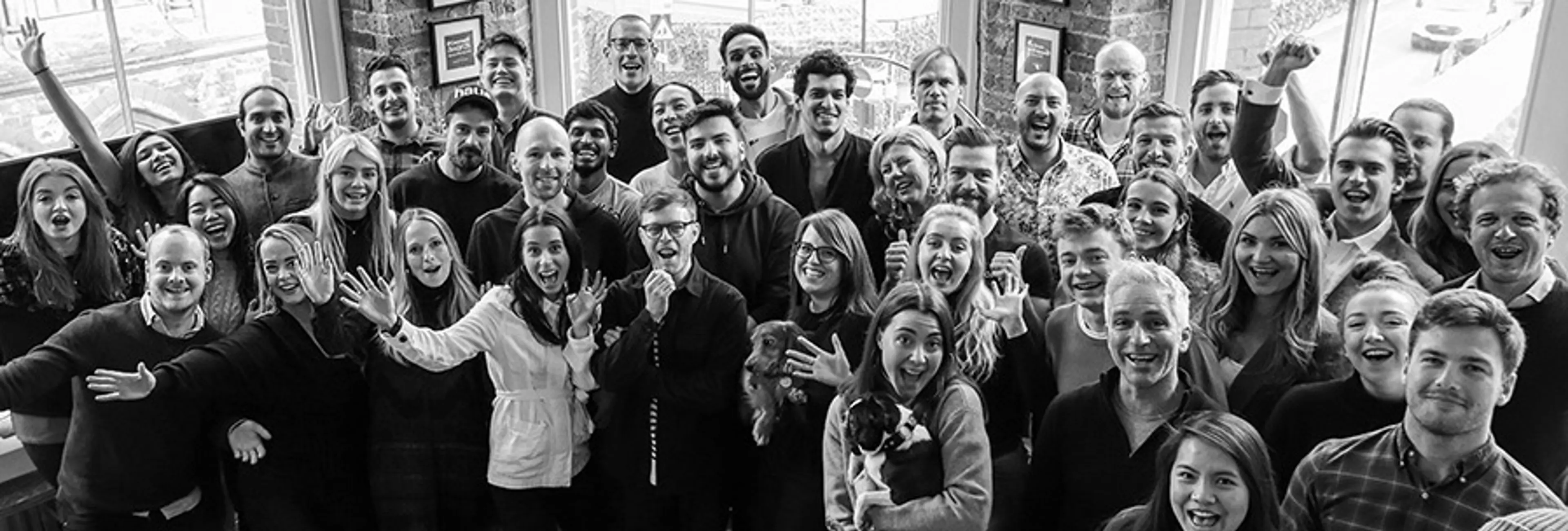
Brand & CX
1 Nov 2024
5 Min Read
The Power of Brand Positioning with MOF Strategy Director, James Lees
Exploring market mapping, messaging and more, we sat down with our Strategy Director James Lees to break down why brands need to nail their positioning before embarking on digital projects.
Brand & CX






